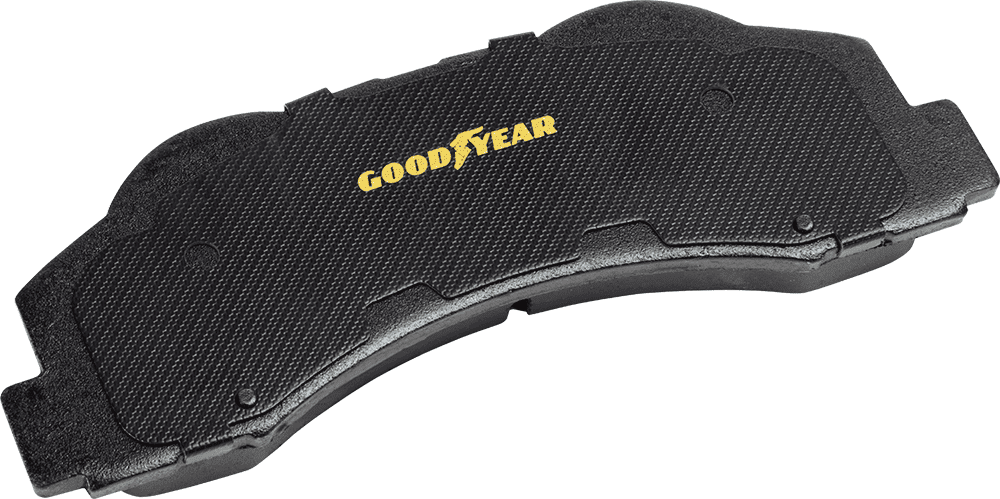Many features you see on passenger vehicles came from the world of automobile racing.
Famous inventions that showed up on passenger vehicles include:
- the rearview mirror developed for the race cars of the 1911 Indianapolis 500
- disc brakes which were developed for race cars from the 1953 Le Mans and Mille Miglia races
Because of the competitive advantage disc brakes provided in racing, they were adopted by passenger car builders and manufacturers.
Passenger car manufacturers transitioned to disc brakes in 1956 when Triumph installed them on TR3 models. However, it wasn’t until the late 1970s and early 1980s before they became standard for US automotive manufacturers.
3 Key Differences
- Heat dissipation – the main difference between passenger and racing rotors.
- Consistency in low time intervals – racing rotors must be consistent during a race, keep the surface of the brake pads clean, and dissipate the heat generated during braking.
- Price & Longevity – passenger vehicle rotors must be reasonably priced, quiet, and last tens of thousands of miles.
Rotor Material
The materials for rotors are similar for passenger vehicles and race cars.
Passenger Vehicles
Cast/Grey Iron Rotors
For passenger vehicles, cast/grey iron is used.
Race Cars
Race cars have disc brake systems on all four wheels and tires. Rotors on the rear wheels are solid discs. The front brake rotors are vented with internal fins or vanes and two outside discs. The vents help dissipate heat and prevent the discs from warping.
Steel Rotors
Where lighter weight is a significant advantage, race cars will have steel rotors.
Less common layer steel rotors are created from sheets of steel laminated into a disc. These rotors last longer than plain steel but cost more.
Aluminum Rotors
Aluminum rotors are used in 2-piece rotors due to their lower temperature limits. The center, or hub, of the discs is aluminum, and the two discs are bolted to the hub.
High-Carbon Rotors
High-carbon rotors have iron mixed with carbon. Even lighter than steel, they dissipate heat well and don’t fracture under high stress but are expensive. Ceramic, the newest rotor material, has high temperature stability and consistent operation. Ceramic rotors are used on high-end performance sports cars.
The most striking difference with racing rotors is drilling and slotting.
Drilling
In drilling, holes are placed in the rotors during manufacturing or drilled by hand later. The holes improve heat dissipation and continuously renew the brake pad surface. Drilling is hard on the pads and causes the rotors to crack around the edges of the holes.
Slotting
Slotting is cutting slots into the brake rotors. Slots are not as destructive as holes and provide the same benefits. They:
- dissipate heat,
- release gases caused by high-temperature braking, and
- shave off thin layers of brake pad material reducing glazing, brake fade, and improving brake consistency.
But like drilled brake rotors, they are hard on the pads and cause the rotors to crack.
Drilled and slotted rotors are available for a wide range of passenger vehicles. While providing superior braking over standard rotors, they do not last as long. They also reduce the life of brake pads.
About Goodyear Brakes
Goodyear Brakes manufactures premium quality brake bundles, calipers, rotors, brake pads and all the hardware required to successfully install brakes, all backed by a national warranty, decades of production experience and one of the best-known names in automotive excellence. The brake pads are manufactured in the USA using a proprietary green production process by a company with more than 50 years of experience in friction science. The Goodyear Brakes product line is available through Goodyear Brakes at Amazon, CarID, Buy Brakes and AutoAnything.
Goodyear (and Winged Foot Design) and Blimp Design are trademarks of The Goodyear Tire & Rubber Company used under license by FDP Virginia Inc., 1076 Airport Road, Tappahannock, VA 22560, USA. Copyright 2020 The Goodyear Tire & Rubber Company. Goodyear Brakes and FDP Virginia are not responsible for its products when they are subjected to improper applications, installation, or accident.
Blogs
How Passenger and Race Car Rotors Differ
Resources Many features you see on passenger vehicles came from the world of automobile racing. Famous inventions that showed up on passenger vehicles include: the




